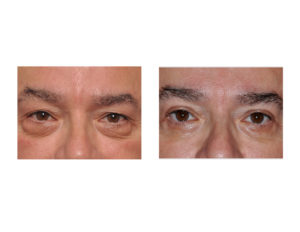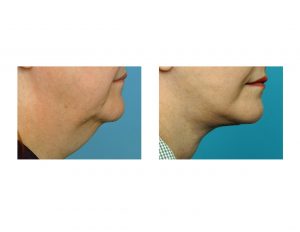Patients with facial aging concerns frequently come in and want a general overall assessment of what can be done to improve their face. Others come in because they are looking for a very specific facial rejuvenation procedure, whether it is some type of tuck-up, filler or laser resurfacing. They are driven to these procedures largely because of something they have seen online. But despite the plethora of available internet educational forums, such as websites, blogs and even YouTube videos, wanting a specific procedure does not make one very educated about it. For many, the amount of available information is so overwhelming that they have no greater understanding after they have digested the information than before.
While every face is very different in shape and appearance, the aging process affects them all. But the extent and progression of the aging process differs in every face so, while they are many predictable changes, every face has varying degrees of them over time. When combined with what bothers any particular patient, it is fair to say that every aging patient needs a unique treatment approach. Despite the need for a unique treatment plan for every patient, there are only so many known facial rejuvenation treatment options. This is exactly how a plastic surgeon thinks when looking at a face…what procedures does the patient need and which ones will make the biggest difference?
Translating a facial aging treatment plan to a patient requires an organized and thoughtful approach if they are to understand the logic of what they need and the procedure(s) required. I find it most helpful to divide the face into thirds and break down their concerns and what can be done. The surface texture of the skin is the fourth facial element and is always discussed last.



Lastly, skin texture must be considered. Lifts and tucks will not reduce fine wrinkles, give the skin a more youthful glow, reduce pore size or get rid of brown spots. Simultaneous or delayed skin resurfacing with laser or chemical peels is a great asset to all other tissue lifting or excisional procedures. More commonly, skin resurfacing is being done simultaneously at the time of surgery.
If you break down the face into its four structural elements and go through it a sequential fashion, patients are more likely to understand and retain the options given to them. This should lead to less misunderstanding and disappointment after surgery.
Dr. Barry Eppley
Indianapolis, Indiana


